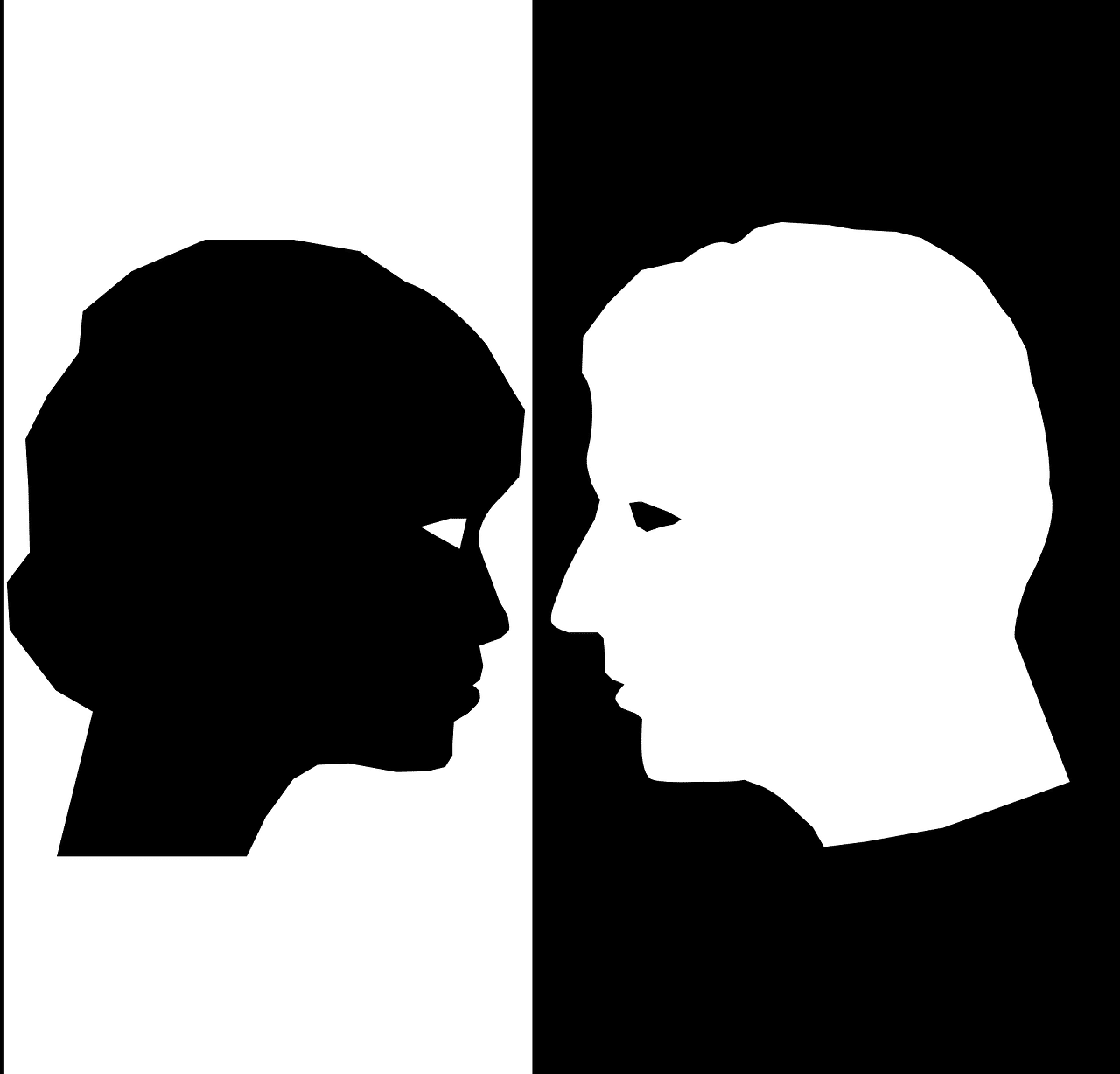
Two terms are antonyms when they refer to opposite or contrary concepts.
Antonym is an idea that is used in the field of linguistics when classifying words. It is established that a term is an antonym of another when it states a concept contrary or opposite to it.
An antonym, therefore, always acquires this classification by establishing a link with its opposite . That is to say: no term is an antonym on its own. The same thing happens with synonyms , which are terms that express a similar or equal meaning to that of others.
For example: “young” and “old” are antonyms. The first concept refers to something or someone of little age or seniority, while the second notion refers to the opposite: to something or someone of many years of life or existence. It can be said, in this way, that a man cannot be “young” and “old” simultaneously. If it is “young” , it is not “old” and vice versa, since the antonyms express the opposite.
We speak of antonymy to define the condition of antonym; That is, the relationship that exists between two words that have opposite meanings . There are different types of antonyms: although they all serve to compare or contrast two meanings, the nuances that each of them provides are different, as well as the cases in which they are used.
Reciprocal Antonyms
First of all, we will talk about reciprocal antonyms , that is, those that necessarily require the existence of the other . In this context, we can mention the actions of “pay” and “collect” . For one person to “pay” something, another has to “collect” it . You cannot “pay” for something if no one “collects” it.
The force that we can appreciate in the link between two reciprocal antonyms is very particular and interesting from a linguistic point of view and, more precisely, from the perspective of semantics . Once we understand that each component of this series of pairs always has its complement, we can take advantage of this dependence to make a richer and more subtle use of language.

"Young" and "old" are antonyms.
The complementary
Complementary antonyms , on the other hand, eliminate their meanings from each other . If a person is “married” , they cannot be “single” . It is impossible to be “married” and, simultaneously, be “single.”
In this case, a phenomenon similar to that of reciprocal antonyms occurs, in that the force that exists in their relationship is impossible to ignore: one cancels out the other , and this can also serve to optimize the use of the language , since It allows us to say more with less .
Thanks to the action that a term produces on its complementary antonym, we can not only avoid using both in the same sentence, but we can also hint at the meaning of one of them simply with the other . For example, if we take into account the relationship between the words "clean" and "dirty" , someone could say with a certain contempt that "his studio was not exactly clean" , to avoid the use of "dirty" , whose meaning is what is actually appreciated in your opinion.
gradual antonyms
Gradual antonyms , finally, exercise an opposition that is gradual , since between the two there are other terms with a different degree. “Hot” and “cold” are gradual antonyms: among them there are adjectives like “warm” or “temperate” .
Here idioms and regionalisms especially come into play, as well as different jargons, since each group of people expresses concepts related to temperature, color and sound intensity with different terms and degrees of precision , for example. Continuing with the terms "cold" and "hot" , we can say that among them there are many possibilities outside the academic field of language, such as "quite hot" or "fresh" .
